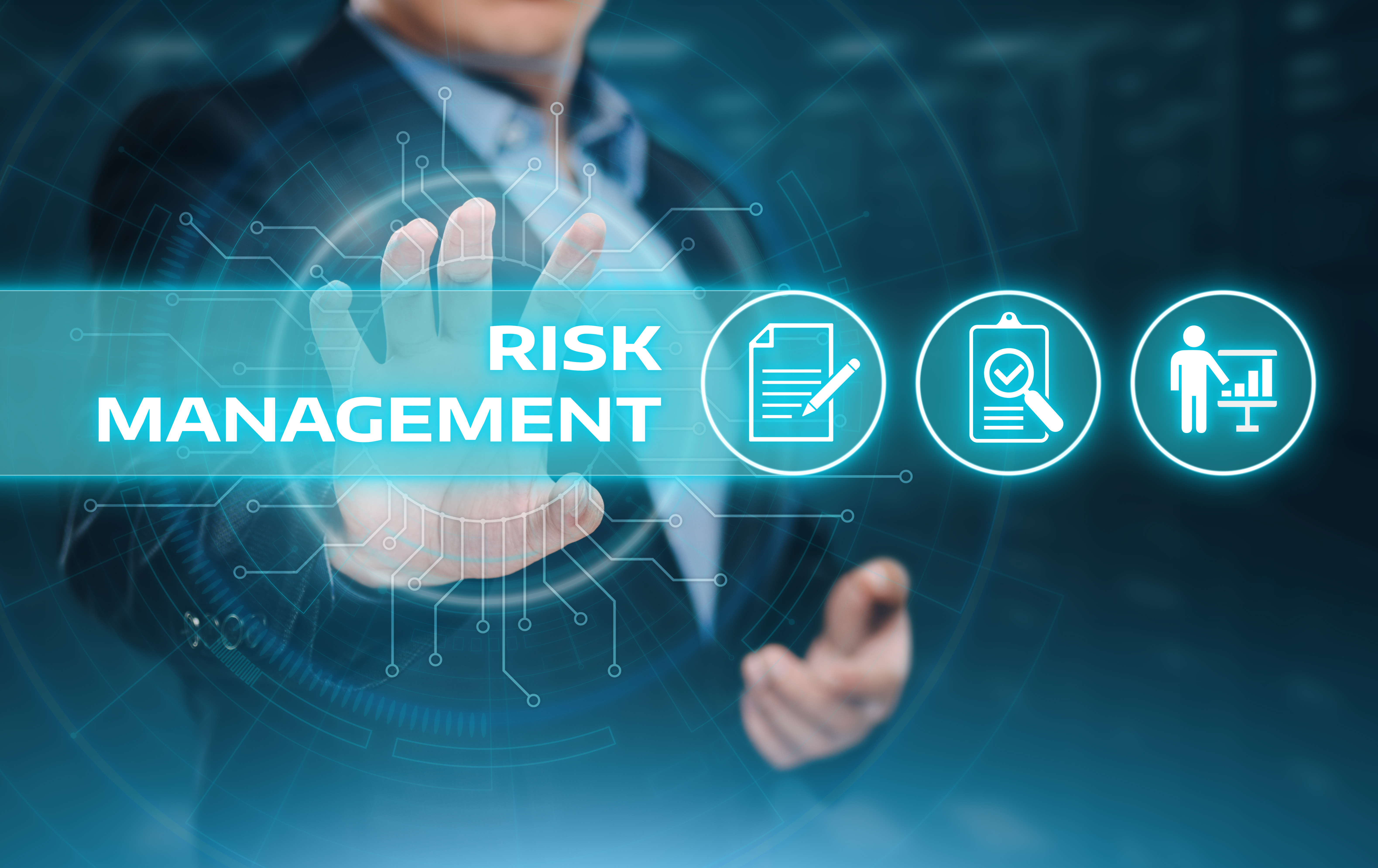
In the face of market fluctuations, risk management is considered a solid shield to protect businesses against potential internal and external factors.
Existing risks are barriers in the process of successfully reaching the goal of the business. In fact, many businesses are still quite subjective in risk management and have taken many serious risks, causing great losses, even causing the company to stand on the brink of bankruptcy. So how important is risk management? Which plan helps to manage risk effectively? Navigos Search will provide full information through the sharing below.
1. What is the importance of risk management?
Enterprise Risk Management (ERM ) is the process of planning and implementing measures to respond to unforeseen situations that negatively affect the company's business in order to prevent and minimize multiple losses.
Risk management is considered a solid line of defense for stable development of enterprises. Specifically, the importance of enterprise risk management is as follows:
- Helping businesses protect existing values, creating opportunities to develop new and more unique ones
- Protect your business against damage to property and people
- Limiting the cost of overcoming consequences caused by risks
- Reduce the burden of liability
- Create a safe and secure working environment for employees, partners and customers
- It is the basis for leaders to predict potential risks and make the right business strategy
- Limit the impact on the brand, reputation in the market

What is enterprise risk management?
2. What risks do businesses often face?
Here are the common risks in business:
- Strategic risk: Occurs due to many factors affecting. This type of risk makes the strategy go in the wrong direction, wrong the initial goal and the business will not create the necessary value.
- Operational system risk: This risk is related to the process of performing production and services in parts of the business.
- Financial and budgetary risks: Due to fluctuations in the market, changes in user demand affect the ability to control debt and cash flow.
- Risks of relationships with partners and customers: The demand of customers changes suddenly, enterprises cannot supply sources of goods, the purchase price of raw materials increases, ... leading to great financial losses. enterprise.
3. Challenges to be faced
Even businesses with strict risk management strategies find it difficult to avoid challenges and difficulties such as: having to invest costs, time and effort, the problem of reaching the consensus of all employees. must demonstrate the value of risk management,...
Therefore, for effective risk management, businesses need to accurately identify potential risks and come up with an appropriate treatment plan. Continue to follow closely below to understand the steps of effective risk management.

Enterprise risk management system encounters many difficulties
4. Effective corporate risk management steps
Step 1: Identify the right risk
First, business managers must determine the risks that the business may face. Learn the business environment, market information to detect as many risk factors as possible. Then categorize each risk, sorting them into a specific list.
Step 2: Analyze and assess risks
When you have clearly listed the types of risks, the business should make a judgment about the possibilities and consequences that they cause. The purpose of this job is to understand each specific situation and the influence in each business project and development goal of the business.
In this step, the administrator needs to rank the risks with the severity and frequency of occurrence in order to prioritize intervention first to avoid causing serious consequences for the business.
Step 3: Conduct risk treatment
Based on the risk analysis and assessment step, the enterprise will implement an effective treatment plan. Measures and tools for enterprise risk management that can be applied are:
- Avoidance: Skipping or stopping potentially risky activities or jobs. Although this measure is quite safe, it will mean that businesses have to lose opportunities for growth and profit. Therefore, the avoidance plan should only be applied when the risk of causing great damage.
- Transfer: This option transfers part or all of the risk to another entity (usually an insurance company) to reduce the liability the business faces.
- Maintain and accept: This option is applied when the enterprise has correctly identified risks and determined the extent of possible damage. The administrator will try to maintain the operation and accept that risk. With the maintenance and acceptance requires the head to closely monitor to have a timely handling plan, minimizing the consequences later.
Step 4: Track the results achieved and learn from experience
During the processing process, managers must constantly update the situation to change and navigate the strategy more correctly. Remember, not all risks can be completely eliminated because some are so severe that you can come up with solutions to help minimize the consequences. So, no matter what the level, how often it occurs, you also need to monitor the results achieved and learn from experience later.

Managers need to outline a reasonable process
For businesses, risk management has never been easy. In order for this work to ensure initiative and efficiency, businesses need to "recruit" a good and experienced professional manager. However, in the face of the heat of talent competition in the current labor market, recruiting talent managers and managers is very difficult.

Navigos Search is the leading prestigious high-level human resource recruitment agency today
Our consulting team are all very experienced recruitment experts with deep understanding of each core industry. After the candidate has been selected, Navigos Search continues to accompany businesses and candidates throughout the process of "success after achieving the dream job".
Navigos Search is leading the middle and high-end "talent hunting" service in Vietnam. With 375,000+ profiles of senior candidates, 85,000+ profiles of senior management candidates and optimal recruitment solutions , we are committed to bringing the most suitable and potential candidates to your business during the time like it has come to an agreement.
Right now, if you are looking to become a banking IT or have ambitions to find another job that matches your capacity and experience; or your business is in need of recruiting mid-level and high-level personnel, please contact Navigos Search quickly. Surely, the candidate will achieve the dream job within reach, the enterprise will own the best factor!
Contact the Northern headhunter team here
Contact the Southern headhunter team here
Navigos Search - Vietnam's leading mid- and high-level talent hunting company